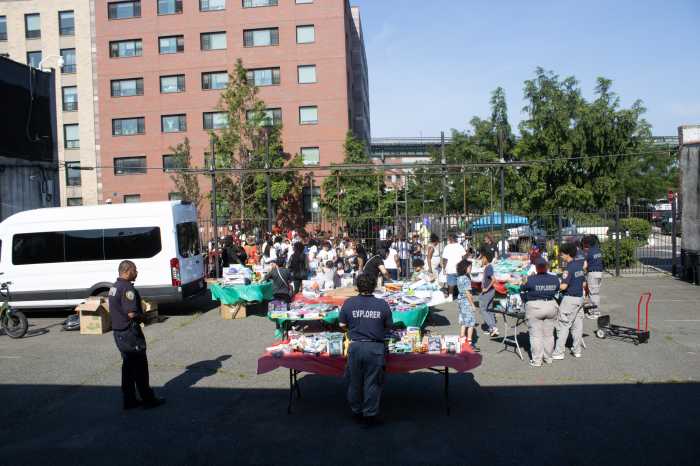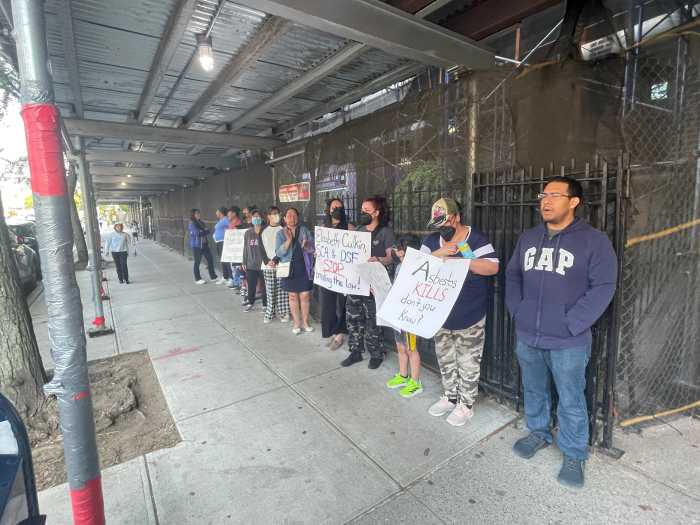You know the scene. You’ve loaded up bags of your former favorite clothes you can barely part with but you need the closet space. Or cash. You take your cherished wardrobe to a resale store, see each piece rejected one by one and somehow leave with more outfits than you came with.
With spring cleaning on the mind, we’ve decided to help with some of your clothes-selling woes.
New Yorkers have several options to buy, sell and trade old fashions, from dropping off a bag at Beacon’s Closet or Buffalo Exchange to organizing a Craigslist swap to leaving a more valuable piece for consignment at stores like Crossroads, Second Time Around or Eleven.
Carrie Peterson, president and founder of Beacon’s Closet, says an immediate turnoff for buyers is bringing in huge garbage bags of clothing. “That usually indicates they brought everything … sometimes including socks and underpants, which we don’t take in.” Do your research and know who buys what, to avoid embarrassment and heavy carrying.
Gina Nowicki of Crossroads Trading Company suggests browsing the racks first, to recognize labels, styles and conditions of the clothes before you bring them in.
“Market your pieces in the bag,” she says. “Make sure the clothing is clean; button all buttons and zip all zippers; and fold and place it in the bag in a neat pile. Our buyers have seconds to assess each piece of clothing; give each piece a great shot at shining!”
If clothes have holes, are missing buttons or need other repairs, fix them before trying to sell the item, or resign to donating.
Peterson says presentation of your for-sale items isn’t as important as knowing what doesn’t actually sell in her store. Beacon’s goes through racks daily and donates items monthly — items that are consistently getting donated won’t be purchased until a new demand becomes evident.
Sell for the current season: If you want to make some cash on your good-as-new winter coat wait until early fall to present it to buyers.
Designer duds are guaranteed to fetch a higher price and almost always likely to sell if they’re in good condition, but unlabeled, stylish items can sell just as well. “Demand for style trumps all. If something is cute that someone else is going to shop for, that is the driving force behind our inventory acceptance guidelines,” says Peterson.
If you followed these guidelines but are still without selling success, don’t be totally discouraged. Peterson says that while buyers are trained almost scientifically in what to look for, there is a level of subjectivity in style as well as an ever-changing inventory — one week may be overloaded with vintage overalls while the next there is high demand!
And when all else fails, there’s always eBay.




































